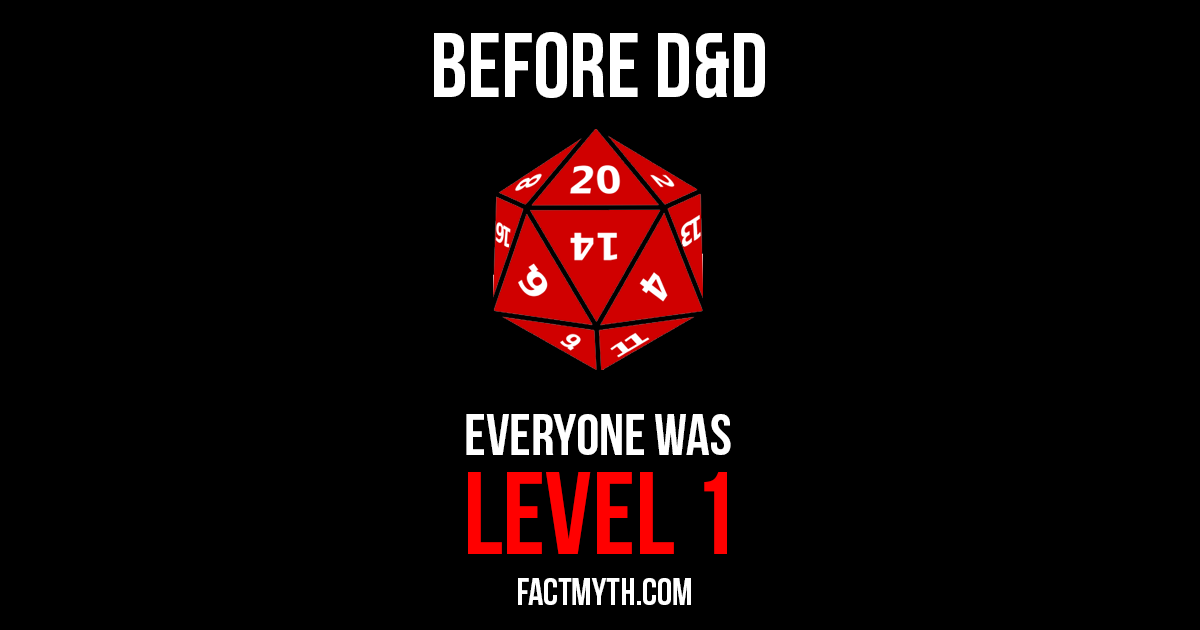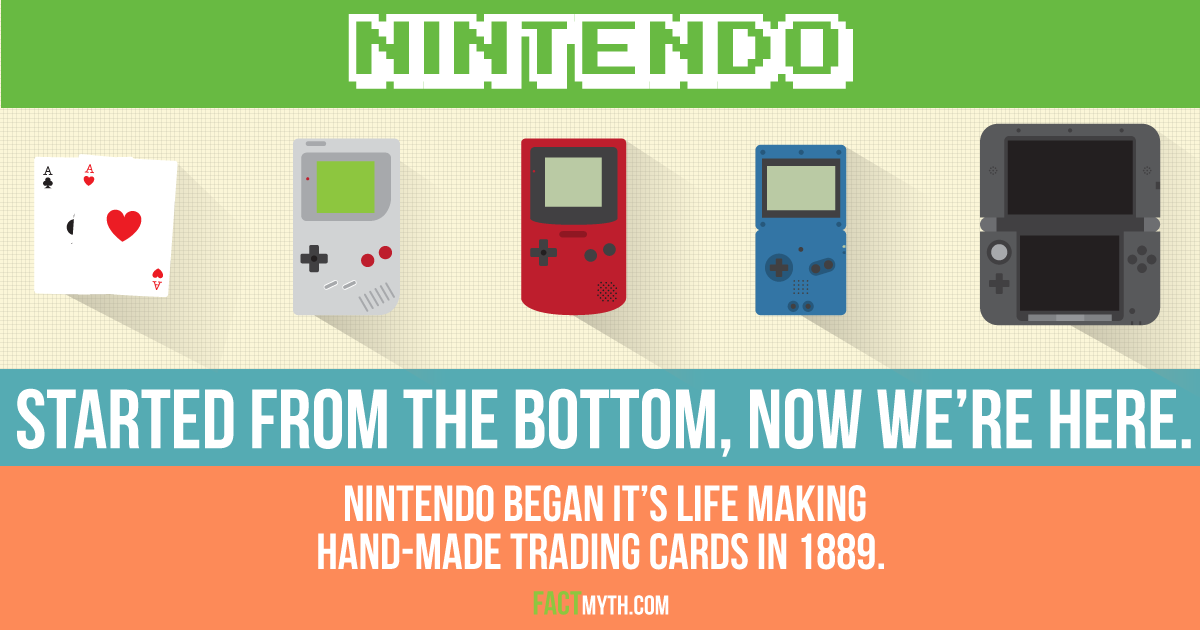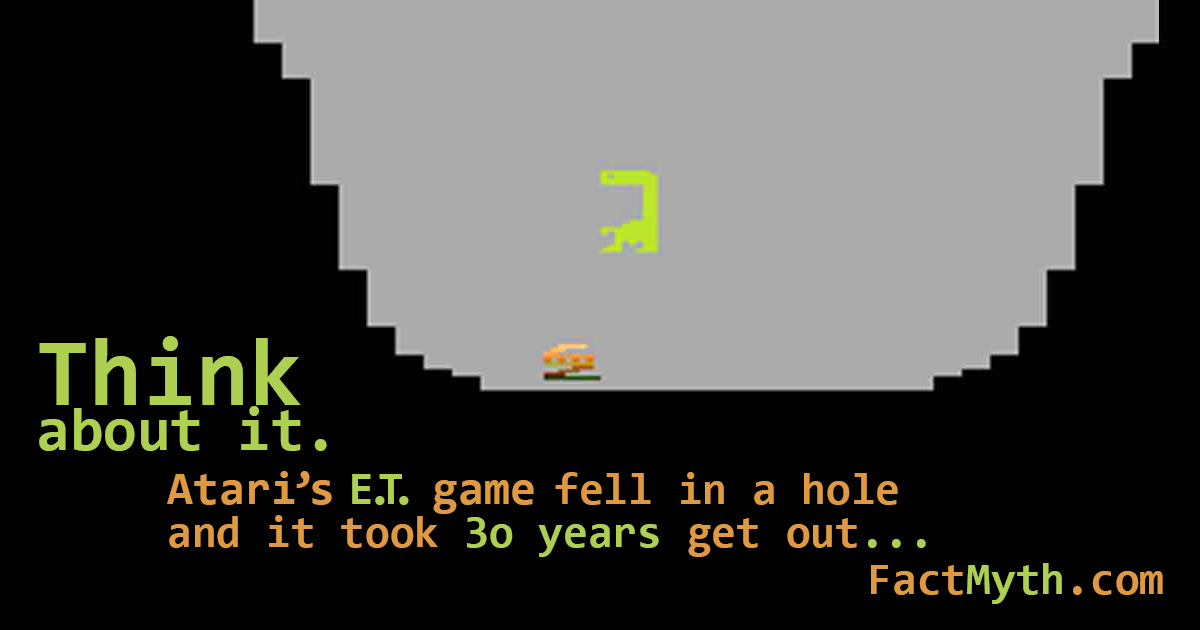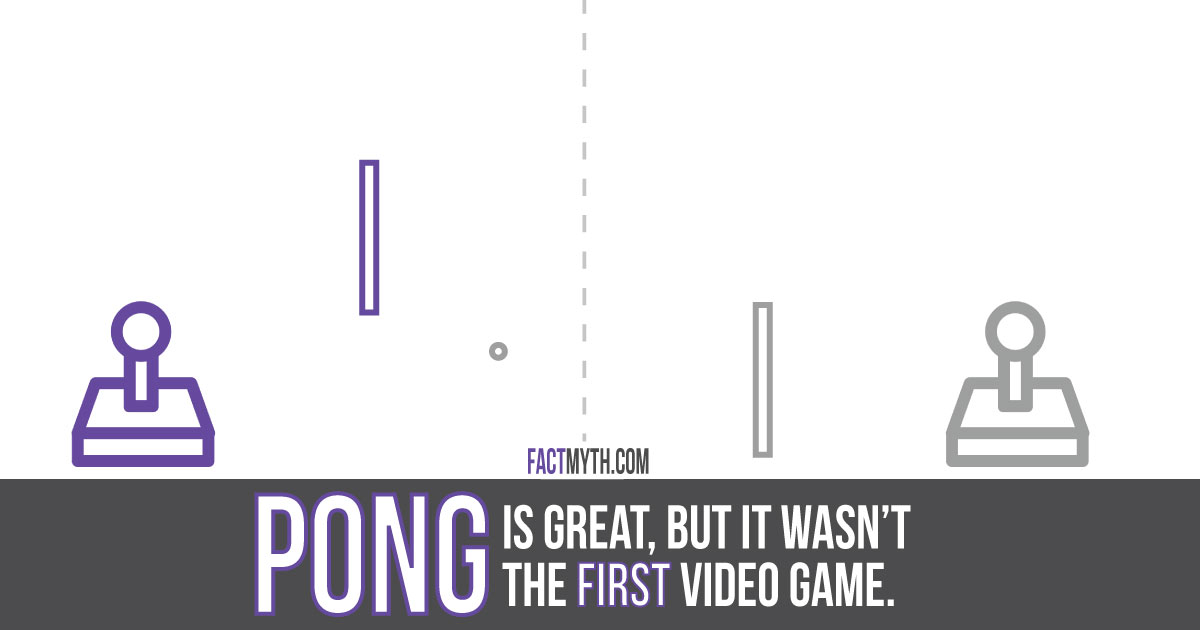The Hipster Effect Results in Anti-conformists Looking the Same
The hipster effect is when anti-conformists rebel against the mainstream and ironically end up adopting similar styles thus becoming mainstream.
Culture is a broad category referring to the way we experience, classify, and share our humanity. The arts, a subdivision of culture, focus on expression of experiences and ideas.
Arts and Culture include subjects like film and television, food and drink, video games, visual arts, performing arts, mass media, sports, literature, and more.
The hipster effect is when anti-conformists rebel against the mainstream and ironically end up adopting similar styles thus becoming mainstream.

In a 1968 interview John Lennon said of Harry Nilsson, “everything influences everything, Nilsson’s my favorite group.” McCartney mirrored the statement.

David Arneson invented “the experience points system” and “leveling up” (common features in role playing games) while working on a precursor to Dungeons and Dragons called Blackmoor with Gary Gygax.

Nintendo was founded in 1889 as a playing card (hanafuda) company, nearly a century before the release of the Nintendo Entertainment System in 1985.

After ‘the North American Video Game Crash of 1983’ unsold copies of Atari’s E.T. were buried in a landfill in a New Mexico desert along with other Atari games.

Disney songwriters the Sherman Brothers wrote more songs for movies than any other songwriting team in film history.

Computer Space became the first mass produced arcade video game in 1971. It was released the year before it’s creators formed Atari and created Pong

Nintendo’s Power Glove, released in October 1989, was the first mass marketed gesture-based gaming controller.

If you build it, you increase the odds of them coming. In other words, if you put thought and energy into a project you increase the likelihood of success.

Generally speaking, a sports jacket (blazer or suit jacket), improves your appearance in terms of people’s perception of you, and your perception of yourself.